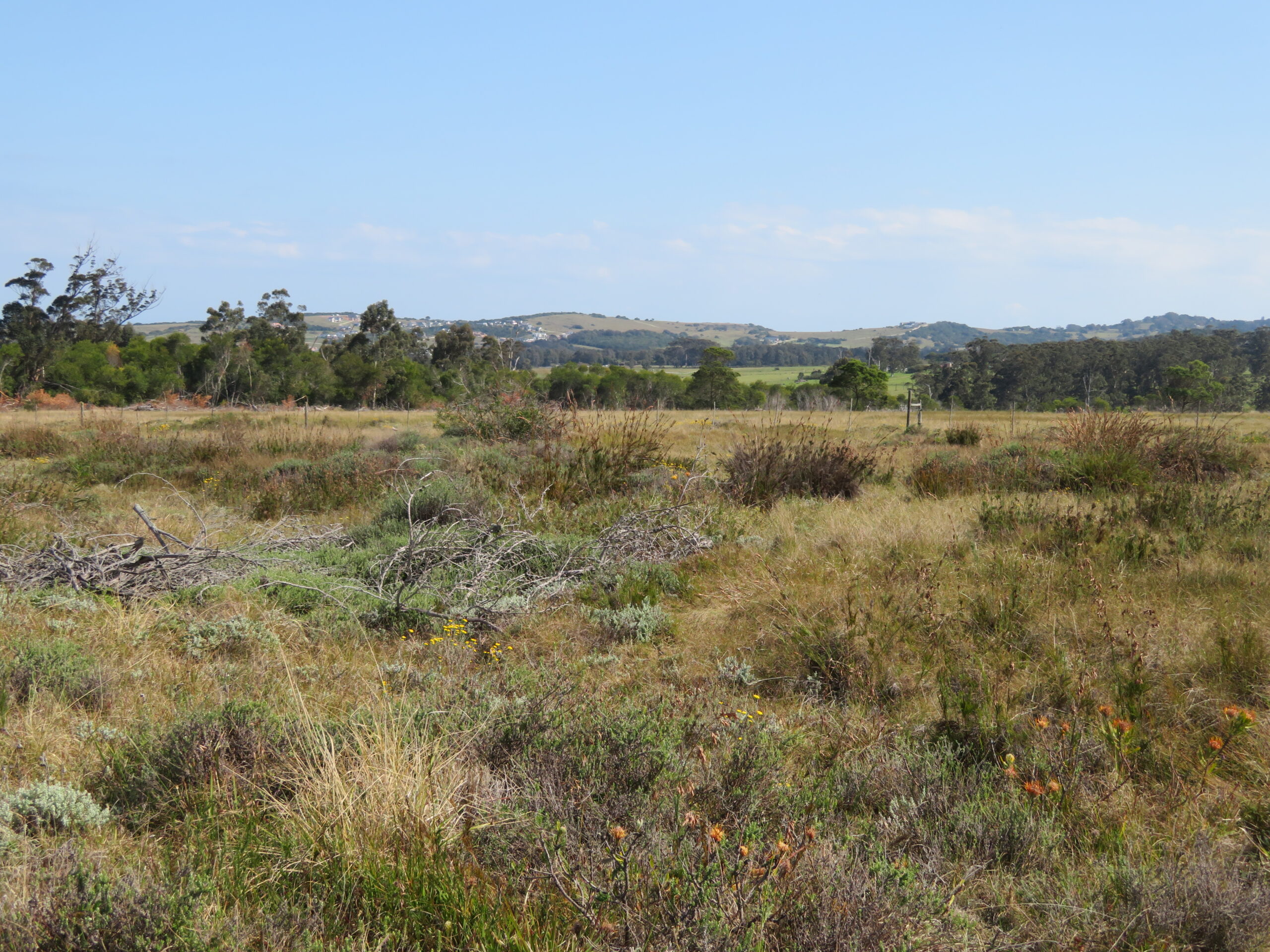
Producing Biomass out of Invasive Trees
This use case is not limited to a single site but focuses on a range of areas across the Eastern Cape, Western Cape, and possibly in KwaZulu-Natal provinces in South Africa, where invasive alien trees dominate. These lands are degraded in terms of biodiversity and land productivity, often overlapping with communal or under-utilised zones. While there is no specific pilot site, the activities are informed by surveys and mapping conducted with partners such as Stewards of Nature and the Coega Biomass Center alongside other private actors.
📍 Location: A range of locations across the Eastern Cape, Western Cape, and possibly in KwaZulu-Natal Provinces in South Africa
🌱 Bio-based products: Biomass feedstock harvested from invasive alien trees to make biochar, pellets and wood chips
Main Challenges
The South African use case defines marginal land as areas heavily impacted by invasive alien trees. These species limit land use by competing for water, reducing grazing capacity, and threatening native biodiversity. Furthermore, they have several other negative impacts, including altering scenic views, increasing the risk of wildfires due to increased biomass, and encouraging illegal dumping and other criminal activities. Additionally, socio-economic conflicts related to resource access, costs and the financial feasibility of land use restoration pose significant barriers. Aligning stakeholder interests, timelines, and financial support for nature-based solutions remains a major challenge.
Solution within Margin-UP!
The South African use case works on conducting biodiversity and socio-economic assessments to inform future value chains based on biomass feedstock harvested from clearing invasive alien trees. It specifically focused on value chains around the production of biochar, pellets and wood chips. These studies aim to support the development of biodiversity credit mechanisms, explore the potential of biochar for climate change mitigation, and shape sustainable supply chain models for invasive biomass.


Stakeholder Engagement
- Coega Biomass Center
- Private sector actors with an interest in biomass and investment
- Local communities affected by invasive species
- Researchers conducting biodiversity and socio-economic assessments
- The broader stakeholder community engaged through mapping and workshops
Interest Groups
- Landowners and managers in areas affected by invasive alien species
- Policymakers developing nature-based and biodiversity credit frameworks
- Investors in biochar and green value chains
- Environmental NGOs and restoration initiatives
- Supply chain and business model developers in biomass valorisation
- Climate mitigation strategists and carbon market actors
- Research institutes
Benefits
MarginUp!’s proposed alternative land uses offer various social, environmental, and economic benefits.
Biodiversity enhancement
Circular use of biomass
Replication potential
Improved soil quality and productivity
Water optimised production
New regional business models
GHG emissions reduction
Implemeted actions
The South African use case has carried out stakeholder mapping, organised workshops, and conducted biodiversity impact surveys in partnership with the private sector. A key collaboration has involved Stewards of Nature, focusing on how clearing invasive trees may support biodiversity regeneration. Some of the research outputs have been presented at conferences and shared through publications. Efforts are now directed at developing a broader biodiversity monitoring framework and exploring biochar-based business models.
Timeline
Stakeholder mapping and initial workshops. Biodiversity surveys with Coega Biomass Center.
Presentations, publications, and interim reporting.
Consolidate biodiversity assessment results.
Launch socio-economic and business model analysis (biochar focus).
Publish recommendations and frameworks for future value chains.
Expected Results
- Comprehensive biodiversity baseline for invaded areas.
- Monitoring framework for biodiversity credit mechanisms.
- Analysis of biochar as a tool for climate mitigation and local value creation.
- Policy and business model recommendations to support biomass value chains.
Replication Potential
This use case has strong replication potential within South Africa and the Southern African Development Community (SADC) region, both of which face challenges relating to invasive alien trees. Its contributions to biodiversity assessment, climate-smart biomass utilisation, and supply chain modelling can inspire investors, policymakers, and land managers interested in nature restoration and green value chains. The analytical approach also provides input into global debates on the valuation of ecosystem services.
